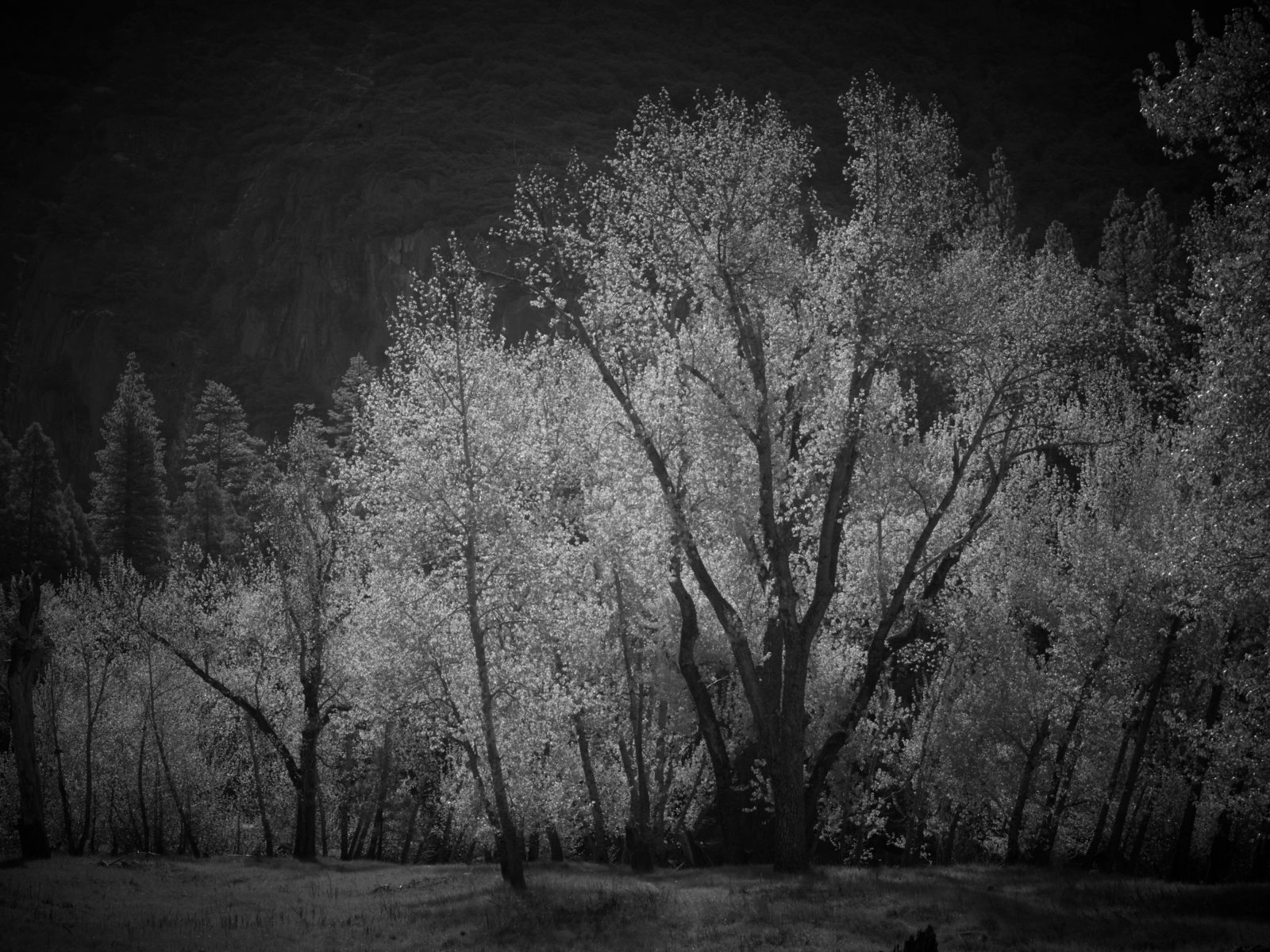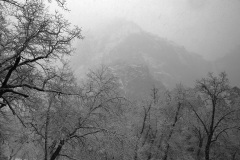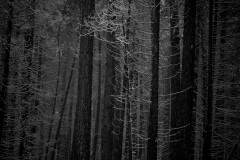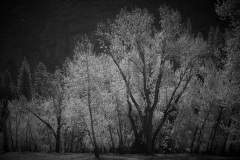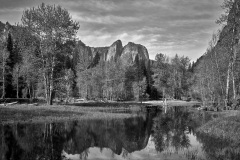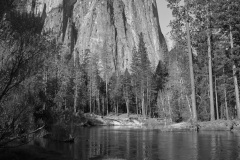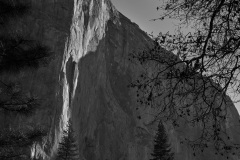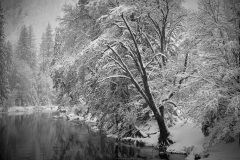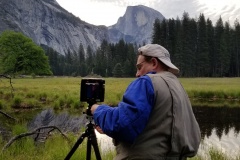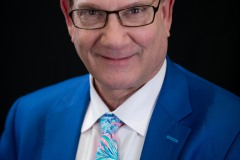Featured Photographer, News, Photographer Profile
Featured Photographer – Barry DiBernardo
This month we’re featuring the haunting black and white landscapes of Barry DiBernardo, and getting an inside look at his process and artistic point of view for capturing nature’s beauty.
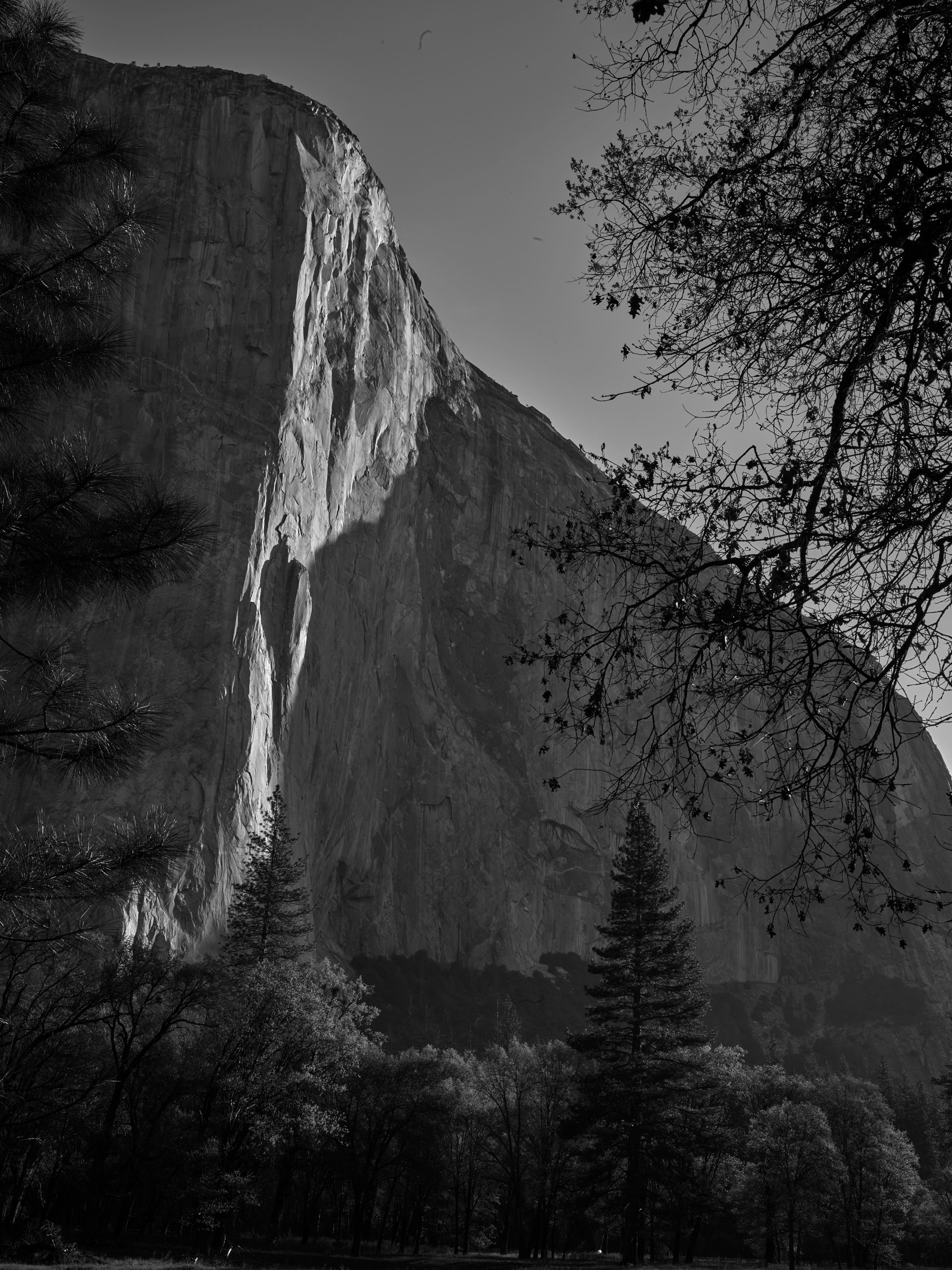
Describe your approach to photography— What makes your work unique? What makes a good image?
Landscape, the Beauty of Nature and the detail thereof…
Detail is a key element whether it’s the fine feathers of a bird, the specular highlights of water, or shades or blues in a blueberry. The right image has to capture the moment and envelope the viewer into the scene. Often, color is not necessary to appreciate the detail of the landscape. Other situations require fine gradations to portray the subject
What inspires you? Who are your influences?
Ansel Adams. Black and White Landscape. Jay Dickman, National Geographic “…seeing Photographically”
What was your first camera?
Nikkormat 1973 film until I started professionally at the age of 16. Then a Mamiya C330 Twin Lens Reflex for jobs and 6 months later a used Hasselblad 500C.

Can you think of the first time you realized the camera you owned was holding you back?
Sure, once we had to leave our film darkroom and convert to digital. Waited 20 years for digital technology to catch up: Phase One 100MP Trichromatic was the start of it which I rented at first. The initial usage converted to a purchase of the IQ4 150MP.
Not only were the cameras / sensors improving, but a major breakthrough was also the printer technology. Most of my photographs are Fine Art prints: these had to look good on the wall as well as on the screen.
What’s a photography-related purchasing decision or experience that you regret?
Without getting into specifics, I usually do a lot of research and testing before any photo purchase. My regrets are when I am not aware of an impending upgrade of the digital technology that I was not made aware of. To the complement of Digital Transitions; I purchased a 100MP back 1 week prior to a whole new platform release of the IQ4- that transition was well handled appropriately.
How did you make the transition to professional photography, and how did making a living from photography impact your style of shooting?
Initially, Photography was one of the first crafts I learned as a teenager. I needed to earn money from it to be able to purchase the equipment necessary for hobby and work. Both started almost simultaneously. At his period in my life, providing photographic “people services” wedding, portraits, etc. I realized “these adults do not like how they look: they were always requesting lighting; retouching or other measures to enhance their appearance. I was already performing photography at a professional level, I was young enough to set out how to make the requested changes on a permanent level with Plastic Surgery.
My photographic shooting then changed to Clinical and Medical Photography as well as development of imaging systems to enhance the practice of medicine and skin monitoring. One such example is Dermagraphix, a Clinical camera system to aid in the early detection of melanoma and skin cancers.
Today, I practice both clinical photography, research and Fine Art Photography.
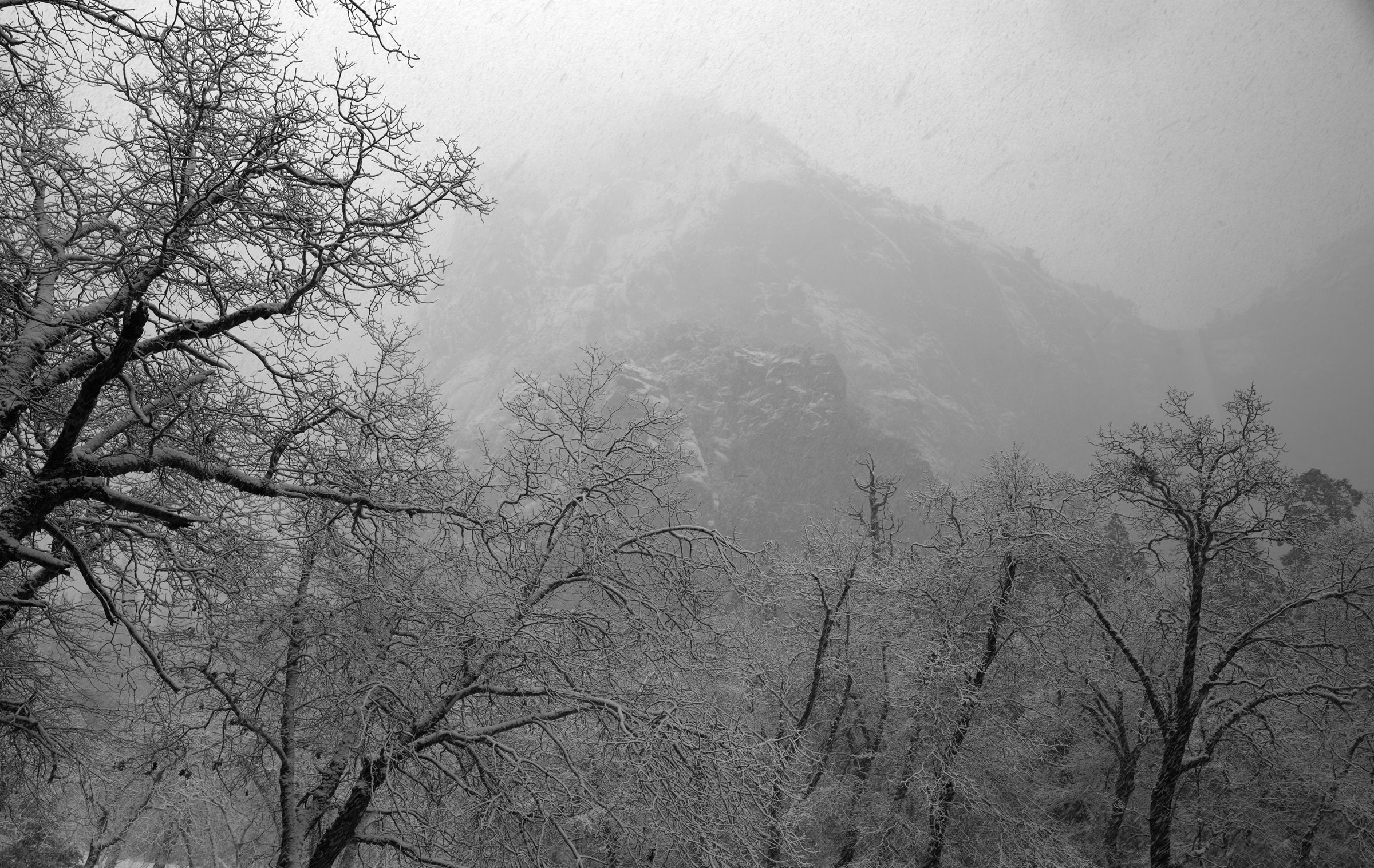
What was your most difficult project?
When I was a teenager, 17 , I had many weddings and events under my belt, but it was that year that I got contract to do a national convention for an organization. I had to hire a crew, shoot and process photos on site, and come thru on all the deliverables. A bit scary at my age but we did it perfectly. Although difficult to pull off, it gave me great confidence to tackle almost anything going forward.
If you had to do a project using the bare minimum of equipment, what would you bring?
For what I do now, fine art landscape photography, I would bring my Cambo view camera, 32mm Rodenstock, no light meter, a 2.5 lb tripod and the 150MP back. This would be under 8 lbs; the back would produce color or black and white; with the wide angle and the resolution of the 150MP, longer lenses not critical. I keep a Sony RX100 V6 in my pocket too ( 24-200mm).
What’s the most interesting/surprising/invaluable thing you keep in your equipment bag?
An Olympus high quality sound recorder. If doing still photos only, it is not necessary. But on location where by we may create a visual narrative with a series, clips on location sound bring life and presence to the visual experience. Jay Dickman recommended this to me and I have never regretted it. Sound can be colorful too!
What’s one thing you wish you knew when you started out?
That photography as we knew it, film, Kodak, darkroom and real cameras would undergo a complete upheaval to the direction of the digital and the iPhone. More and more people can take better and better photographs without the true knowledge of the basis of photography.
Not to say we have not benefited in many ways from technological advance, but we would keep cameras for years and years. Today, there’s a constant pressure to make sure your equipment, software and knowledge is up to date and competitive professional against the army of very excellent cell phone photographers
Do you have a “Passion Project” that you enjoy working on in your free time?
Yes, I actually have a passion project personally and one professionally.
Personally, I have an area of woods that I am carving out peaceful paths with ferns and hostas. A very tranquil environment.
Professionally, we are in pursuit of devices to tighten aging skin without surgery. We are getting better and better at this. It’s easy to lose fat by diet, exercise , liposuction etc, but if you have loose skin, it just not a good look at any age. That’s why I think this is an extremely important pursuit in Aesthetics
What’s your favorite book/movie/album that you’ve experienced recently?

Book: “Looking at Ansel Adams: The Photographs and the Man”. This book covers all of his famous images and takes them apart step by step in the creation of the image in camera, in darkroom and in his thoughts.
Bonus question from our last Featured Photographer, Rodrigo Cid: If you could make any improvements to your current system, whether is your equipment, your software, etc. what would that be?
Absolutely, having traveled on location to places all over the world: weight is of high consideration. Many international flights and smaller craft have a 15 pound weight limit total.
In addition, using heavy equipment all day every day takes its toll on your body as well. For this reason, the Cambo and Phase One back are a nice combination for me for on location shooting from remote areas of the US, Europe, the South Pacific, and beyond.
Anything the manufacturers can do to keep quality up and weight down is a welcomed innovation.
What question would you like us to ask the next Featured Photographer?
When do you think resolution is maxed out? When do we stop and say this is great and good enough.
See more of Barry’s work at www.BDPhotographics.com or www.NewJerseyPlasticSurgery.com.
GALLERY

